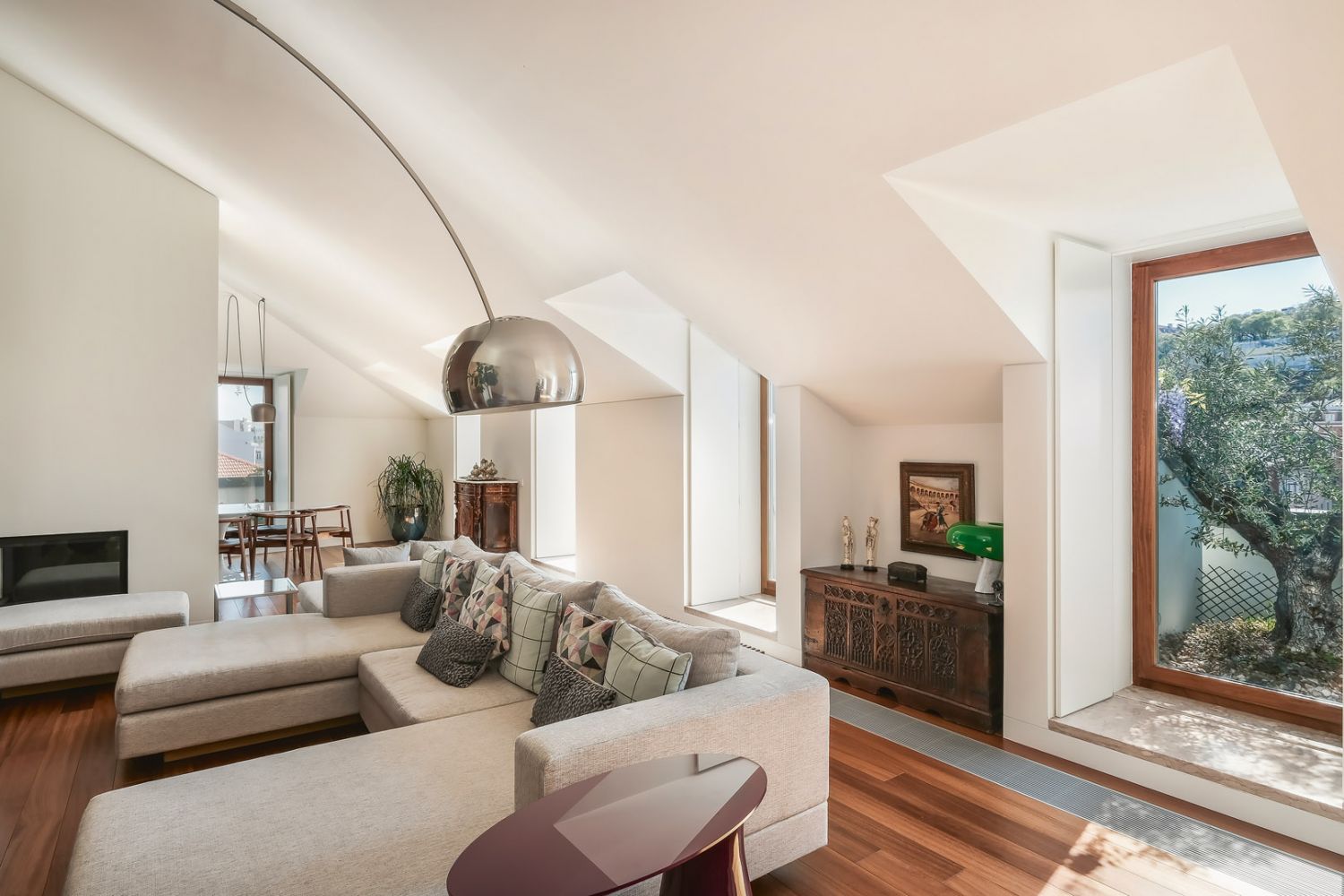While a move away from the urban sprawl grew during the pandemic, the recent increase in investment in cities proves that urban hubs are truly resilient and remains an alluring destination for astute investors
A family making a permanent move to their larger country house, a professional who’s trading city life for a more pastoral existence, and digital nomads eschewing home ownership altogether—these are some of the trends that exploded during the Covid-19 pandemic.
When socialisation was deemed a serious health risk, cities were not attractive places to be in. From statistical reports to anecdotal evidence in the last two years, these seemed to signal that these urban centres seemed to have lost their sheen, stripped off the bright lights and dynamic energy that made them attractive in the first place.
While not completely a myth, the purported migration towards rural destinations may have been overstated. Once the pandemic restrictions started easing, the sentiment changed. From London to Singapore, people rediscovered the joys of city living; be it walking or cycling to shops and visiting restaurants and parks, many urbanites quickly remembered why this lifestyle was appealing.
Don't miss: Meet Fraxtor, the Real Estate Investment Platform Powered By Blockchain

“It is now widely reported that the city centre exodus observed during lockdown has strongly reversed,” says Harri Williams Jones, associate director of residential development in London for real estate services company Savills. He adds: “We saw these signs initially in the lettings market and this has been mirrored in the sales market where transaction resilience has been maintained throughout the last few months in uncharacteristic form.”
Liam Bailey, global head of research for Knight Frank agrees. “Most global cities now find record levels of demand for rental property pitched against record-low levels of supply. As a result, rents in the prime markets in London and New York are now rising by upwards of 20 per cent on an annual basis.” Then, the sales market swiftly followed. “There’s an uptick in demand for housing across key urban markets. London, in particular, is experiencing record demand levels—nearly 100 per cent above pre-pandemic norms,” Bailey notes.
Read more: Property Trends: How AI, NFTs and Blockchain are Shaping Our Search for a Dream Home









